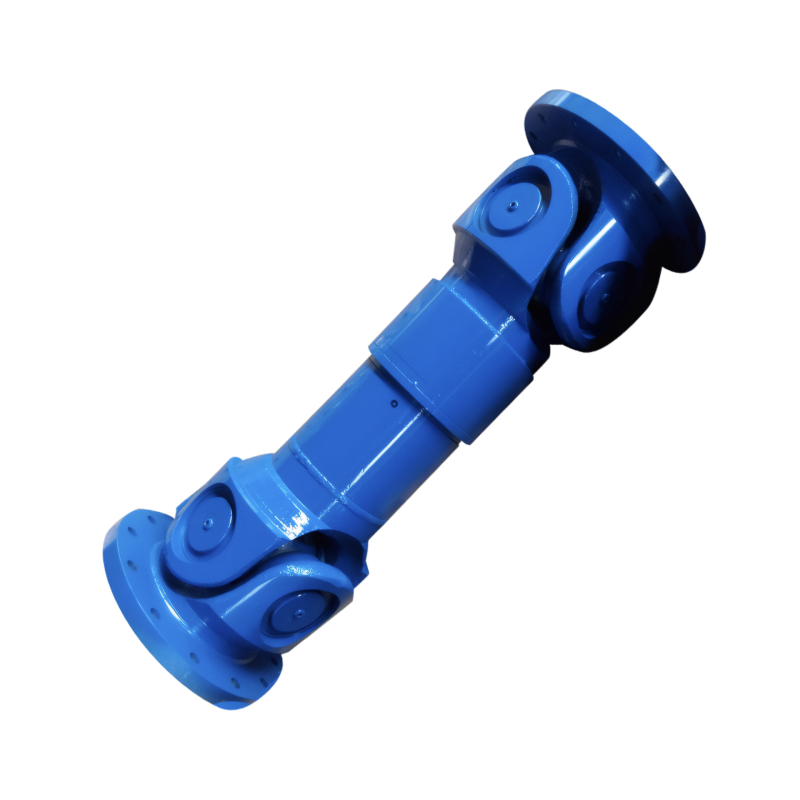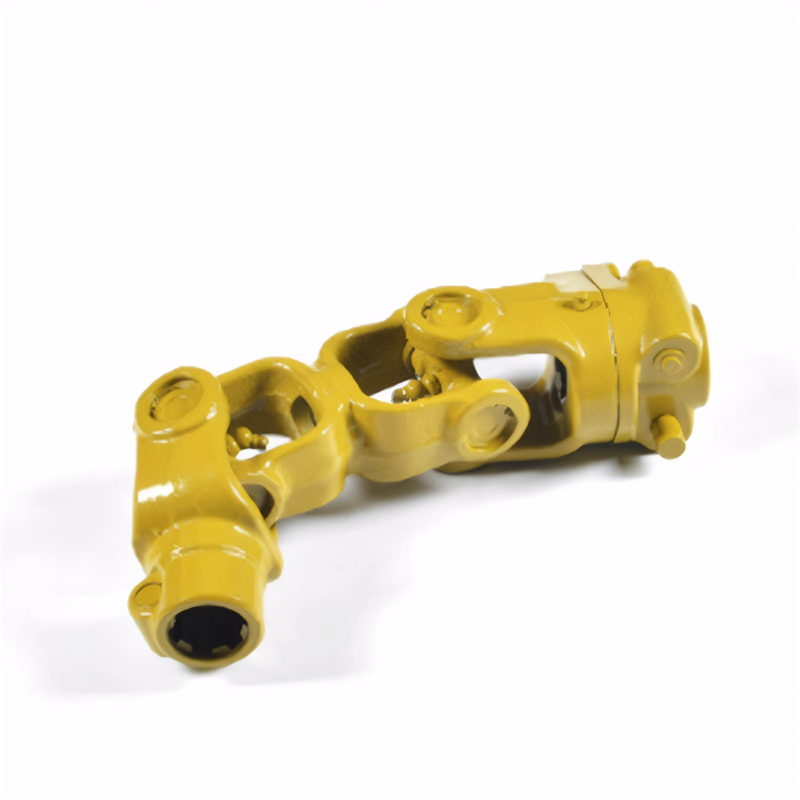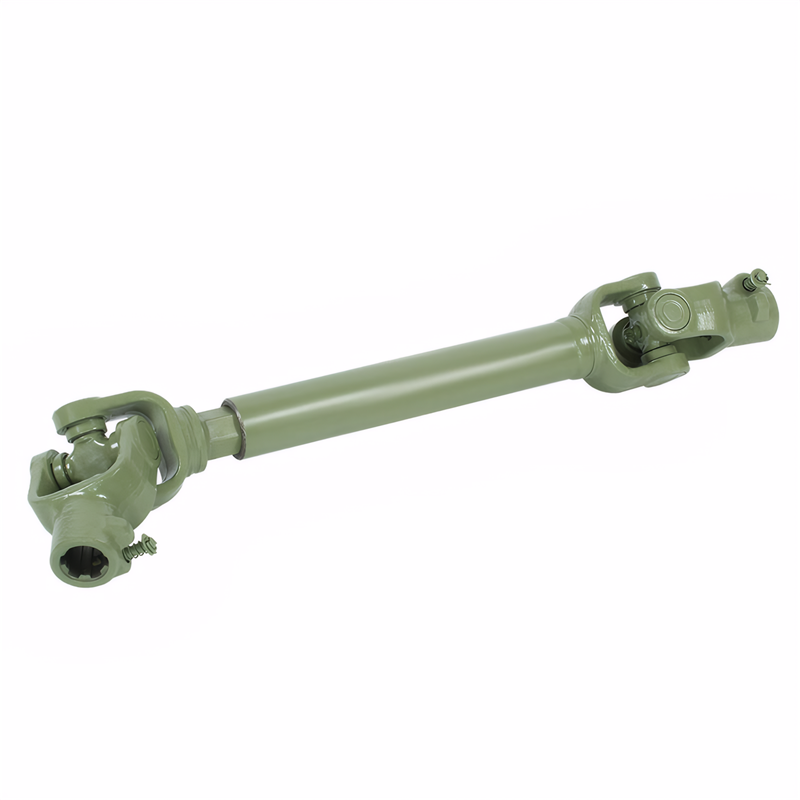The principle of the shock absorption device for the transmission shaft
Fundamental Principles of Transmission Shaft Vibration Damping Systems in Mechanical Engineering
Transmission shaft vibration damping systems are critical for maintaining rotational stability in automotive, aerospace, and industrial machinery applications. These systems mitigate torsional and lateral vibrations through specialized material interactions and structural designs, ensuring reliable power transmission under dynamic operating conditions.
Rubber-Based Damping Mechanisms
Rubber vibration dampers utilize viscoelastic properties to convert mechanical energy into heat through internal molecular friction. In automotive driveshaft assemblies, natural rubber or synthetic elastomers are bonded to metal components, forming a composite structure with distinct damping characteristics. The damping performance depends on rubber hardness (Shore A 40-90 scale), with softer compounds providing better low-frequency isolation but reduced load capacity.
Dynamic Frequency Adjustment
Advanced rubber dampers incorporate mass-spring systems to create dual resonance frequencies. When a driveshaft operating at 1,200 RPM develops first-order modal resonance at 20Hz, a properly tuned rubber damper introduces a secondary resonance at 18Hz or 22Hz. This frequency splitting reduces peak vibration amplitudes by 40-60% through energy distribution across multiple frequencies. The stiffness coefficient of these dampers typically ranges between 450-600 N/mm to optimize vibration attenuation without compromising structural integrity.
Magnetic Particle Damping Technology
Electromagnetic damping systems employ magnetorheological fluids containing micron-sized iron particles suspended in carrier oil. These fluids exhibit variable viscosity under magnetic field influence, enabling real-time damping adjustment. A typical implementation includes a circular damper housing with embedded electromagnets and a rotating ring containing magnetorheological fluid.
Adaptive Control Implementation
When vibration sensors detect excessive torsional oscillations (above 0.5° amplitude), the control system increases current to the electromagnets from 0.5A to 2.0A. This raises magnetic flux density from 0.1T to 0.5T, causing particle alignment that increases fluid viscosity by 500%. The resulting damping torque rises from 5 Nm to 25 Nm within 20 milliseconds, effectively suppressing transient vibrations during gear shifts or load changes. This technology demonstrates 30% better vibration attenuation compared to fixed-rate dampers in heavy-duty truck applications.
Viscoelastic Fluid Damping Systems
Hybrid dampers combining silicone oil with synthetic rubber elements offer superior thermal stability and damping efficiency. These systems typically feature a hollow rubber ring filled with dimethyl silicone oil (viscosity range 1,000-10,000 cSt) and reinforced with steel end caps. During operation, lateral shaft displacements of 0.5-2.0mm compress the rubber ring, forcing silicone oil through 0.3-0.5mm orifices.
Energy Dissipation Pathways
The damping process involves three sequential stages:
- Elastic Deformation: The rubber ring stores 30-40% of input energy as potential energy through reversible deformation
- Viscous Flow: Silicone oil passing through orifices converts 50-60% of energy into heat via shear friction
- Hysteresis Loss: Rubber material dissipates 10-20% of energy through internal damping during stress relaxation
This multi-stage energy conversion achieves damping coefficients of 800-1,200 Ns/m, making these systems ideal for helicopter rotor shafts and wind turbine drivetrains operating in -40°C to +80°C temperature ranges.
Mechanical Spring Damping Configurations
Traditional coil spring dampers remain widely used in cost-sensitive applications due to their simplicity and reliability. These systems typically employ helical compression springs with spring rates of 20-50 N/mm, paired with friction discs made of sintered bronze or composite materials.
Load Distribution Optimization
In agricultural machinery driveshafts, a dual-spring configuration with preload adjustment screws enables variable damping characteristics. The outer spring handles static loads (500-1,000 N), while the inner spring activates at dynamic loads above 1,500 N. This staged compression design reduces vibration transmission by 25% compared to single-spring systems, extending universal joint life by 30-40% in continuous operation scenarios.
 The principle of the shock abs
The principle of the shock abs
 The manufacturing process of t
The manufacturing process of t
 The filling method of the grea
The filling method of the grea
 The structure of the middle su
The structure of the middle su

